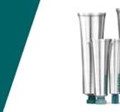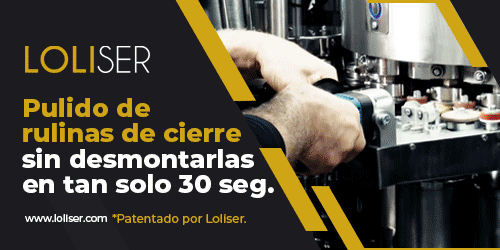Manufacture without emitting carbon dioxide. This is the goal of Emballator who has set out to be ethically and environmentally responsible in all aspects within the company, especially in its vision of a CO2 neutral company throughout the value chain by 2045. The company also plans to halve its CO2 emissions per revenue by 2030.
Investments in energy, materials and transportation are the top priorities for the company and all environmental issues must be taken care of. “As sustainability is a complex issue, it is important to take all aspects into account, but at the same time you have to have the courage to start,” said Maria Edqvist Schultz, sustainability manager at Emballator.
“Eighty-five percent of our climate footprint comes from the materials we use; plastics, tinplate and aluminum, and this is where we are making the biggest investments so that we can, where possible, switch to more sustainable materials such as recycled and bio-based. But we also need to reduce the amount of material we use and optimize our product for less waste.”Edqvist added. Emballator currently offers recycled plastic to its customers in the paint and chemicals sector, as well as in the area of recycled aluminum tubes. The Group is doing a lot of work to reduce material in Emballator’s products and can offer products that have optimized content and lower environmental impact in many areas of its production.
“Other areas we are focusing on are energy use and transportation; in these we plan to be carbon dioxide neutral until 2030. We currently purchase CO2-neutral electricity for all our companies in Sweden and a lot of work is being done to energy-optimize our production.” he added.
Emballator Tectubes has carried out an extensive energy project in collaboration with external consultants. The intention is to create a complete picture of the Hjo factory’s energy use, the current state of the facilities and opportunities for savings. Among other things, projects related to lighting and heating have been carried out.
“Where we can have an impact we should use sustainable options such as bio-based fuels or electricity where it is offered. Decreasing the number of transports, especially by increasing the fill rate, is another important step towards carbon neutrality.“concluded Maria Edqvist Schultz.










